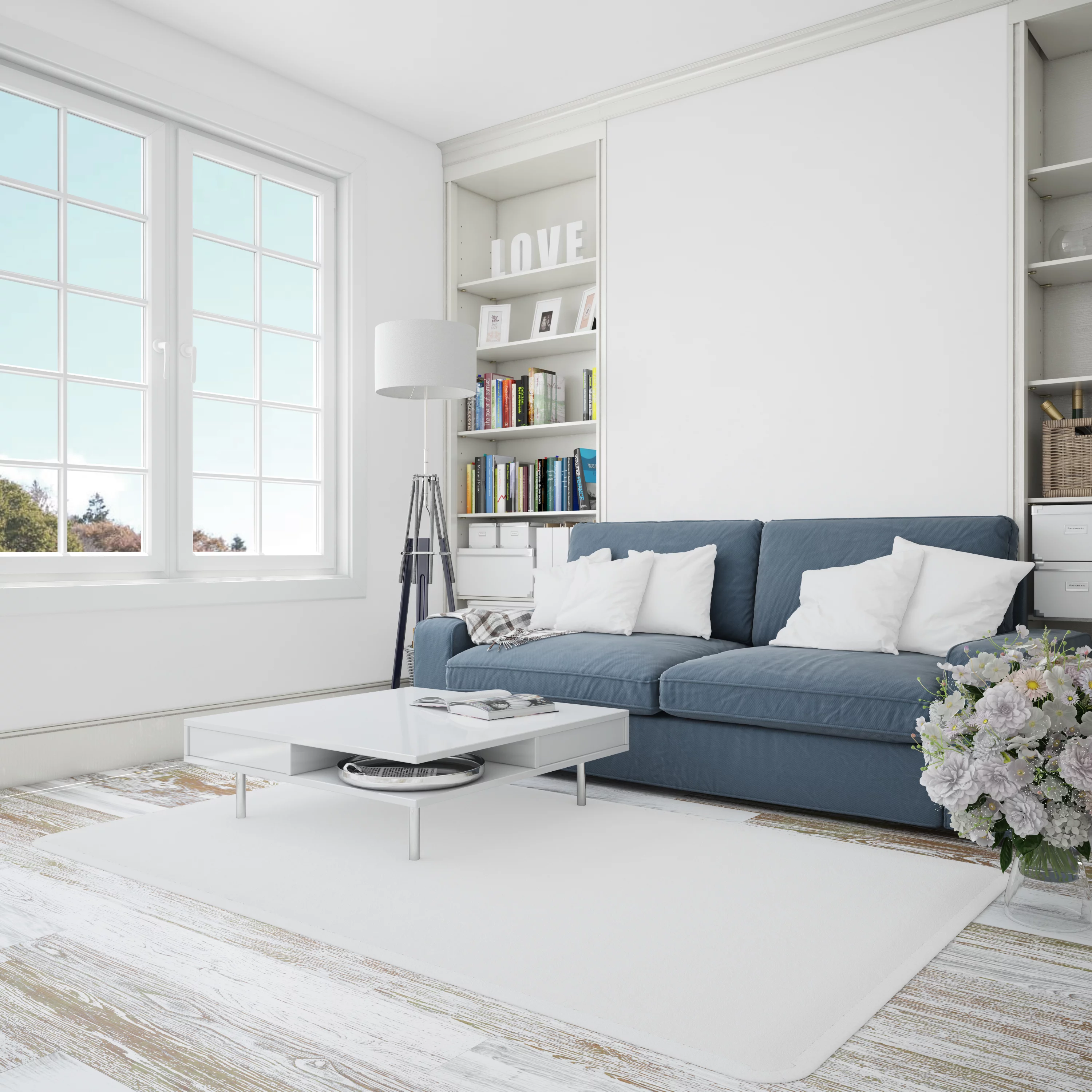"The dangers of ignoring mold go beyond aesthetics. Mold can trigger respiratory issues, allergies, and even chronic health problems, especially in young children, older adults, or people with compromised immune systems."
)
Mold isn’t just a cosmetic issue; it’s a warning sign of deeper problems in your home. It can hide behind walls, underneath floors, and inside air ducts, growing silently while affecting your health and the structure of your property. Understanding the signs of mold is essential to detecting it early and handling the situation effectively.
This guide will walk you through how to recognize mold, where to look, and what steps to take when you suspect it's present in your living space.
Even though mold can be difficult to see, it often leaves behind noticeable signs. These clues can help you act before the issue becomes more serious:
One of the first signs of mold is a persistent odor. It often smells musty, stale, or damp, like wet cardboard or soil. If you notice this smell in specific areas, such as basements, bathrooms, or near air vents, it's a red flag that something might be growing out of sight.
Although mold is often hidden, when it becomes visible, it can appear as black, green, grey, or even orange patches. It may look fuzzy or slimy depending on the type. These spots often show up on walls, ceilings, tile grout, or wooden surfaces. Don’t dismiss discoloration as just dirt might be a warning.
If you or your family experience symptoms like sneezing, nasal congestion, skin irritation, or itchy eyes, especially when indoors, these could be allergic reactions to mold spores. If the symptoms improve when you leave the house, that’s another indicator you might be dealing with hidden mold.
Mold needs moisture to grow. Any past leaks from plumbing, roof damage, or flooding may have created the perfect environment. Even if repairs were made, if moisture wasn’t fully removed, mold could have started developing behind the surfaces.
Mold feeds on organic materials and retains moisture. When moisture seeps into walls, it can cause paint to bubble or wallpaper to peel. Warped drywall may also suggest deeper issues behind the surface that require inspection.
Mold doesn’t always grow in plain sight. Often, it flourishes in areas you rarely inspect:
Being aware of these common hiding spots can help you locate mold early.
Recognizing signs of mold isn’t enough. To prevent it from coming back, you must find the root cause. Here’s how to trace it:
Follow the musty odor to its strongest point. If the smell intensifies in certain areas, like behind a cabinet or near an air vent, it might lead you to the mold’s location.
Mold won’t grow without moisture. Look for signs of recent or ongoing dampness: water stains, condensation, or areas that feel damp to the touch. Check behind toilets, near water heaters, or anywhere plumbing runs inside walls.
Dark and humid HVAC systems are ideal for mold growth. If you notice a musty smell when the air conditioning or heating turns on, mold could be inside the vents or filters. Consider having the system professionally inspected and cleaned.
Soft or “squishy” flooring could mean the subfloor is wet and may be harboring mold. Similarly, a warped or stained wall can be an indicator of mold growing beneath the surface.
A professional mold inspection is more effective than DIY methods. Certified inspectors use advanced tools like thermal imaging, air quality testing, and moisture detection to accurately locate hidden mold and trace it to its source. This approach ensures nothing is overlooked and helps prevent recurring issues.
The dangers of ignoring mold go beyond aesthetics. Mold can trigger respiratory issues, allergies, and even chronic health problems, especially in young children, older adults, or people with compromised immune systems.
Symptoms caused by mold exposure can include:
These reactions may worsen over time if the mold isn’t removed.
"The dangers of ignoring mold go beyond aesthetics. Mold can trigger respiratory issues, allergies, and even chronic health problems, especially in young children, older adults, or people with compromised immune systems."
Once you've confirmed the signs of mold, here’s how to address the issue:
Mold won’t go away unless the underlying moisture is resolved. Whether it’s a leak, humidity, or poor ventilation, identify and fix the issue first.
If mold has affected porous materials like drywall, carpet, or insulation, these often need to be replaced. Cleaning won’t always remove all spores, and the mold can return.
If you discover widespread signs of mold or suspect it’s growing inside walls, ceilings, or HVAC systems, it’s best to contact certified mold remediation professionals. They have the equipment and training to safely contain the area, eliminate the mold, and ensure it doesn’t return.
Once mold is removed, prevention is key:
A mold-free home starts with moisture control and regular maintenance.
Recognizing the early signs of mold is essential for maintaining a healthy living environment. From strange smells and visual spots to ongoing allergy symptoms and moisture damage, these clues often mean that mold is present, even if you can't see it right away.
By taking prompt action, addressing the source, and knowing when to bring in professionals, you can stop mold in its tracks and protect your home and your health. Stay alert, stay proactive, and remember: prevention is your best defense against unwanted mold growth.
